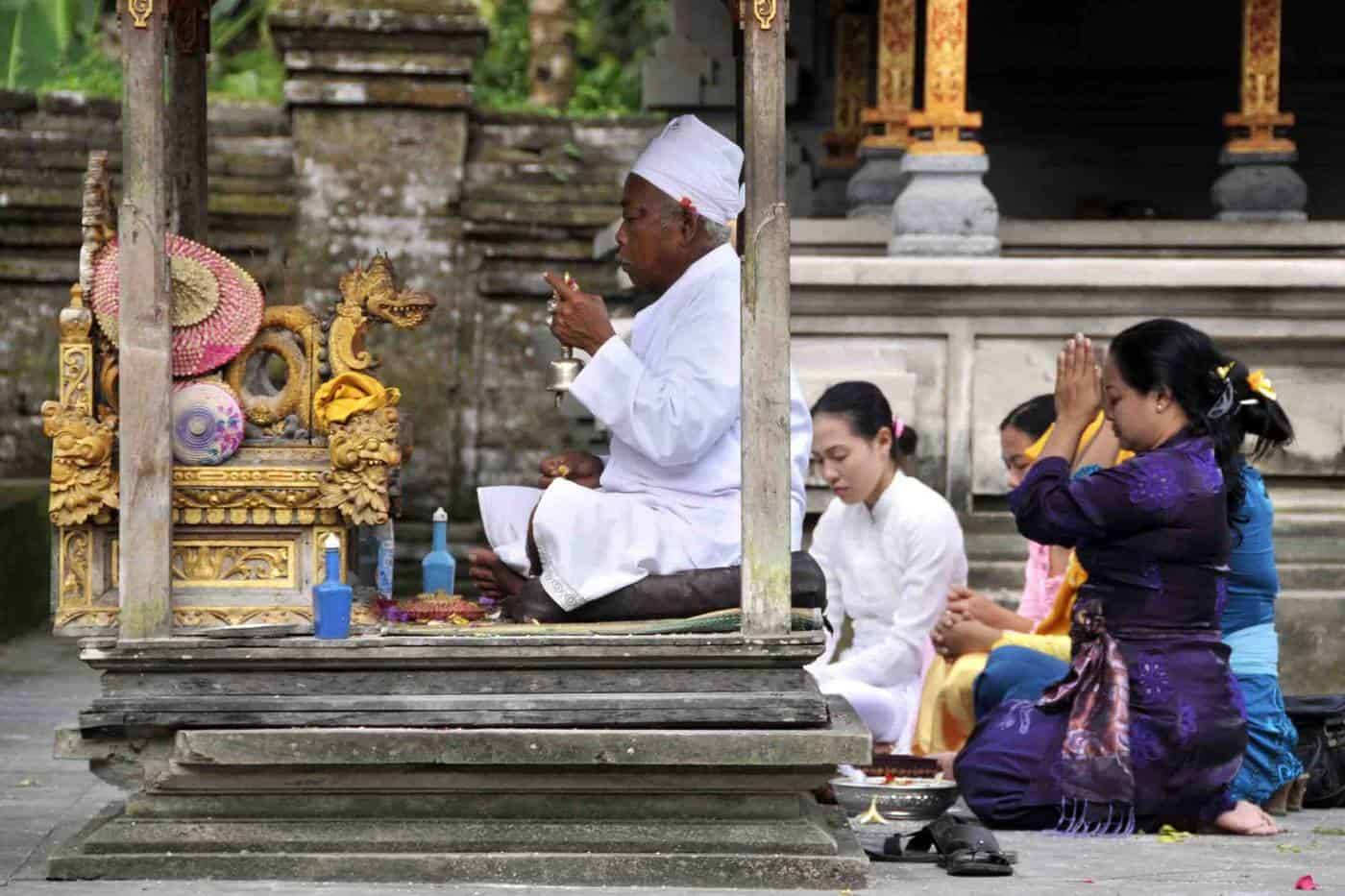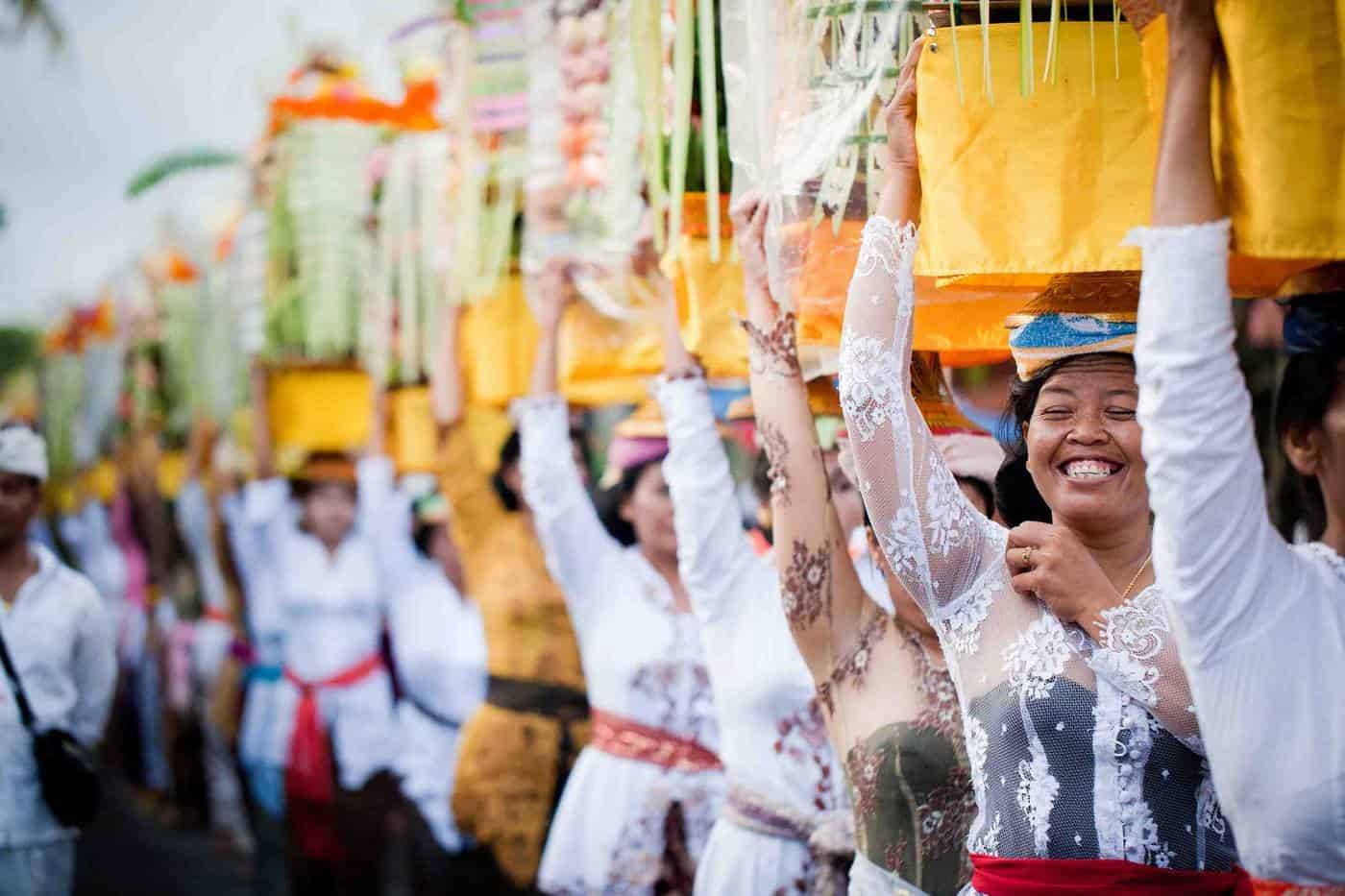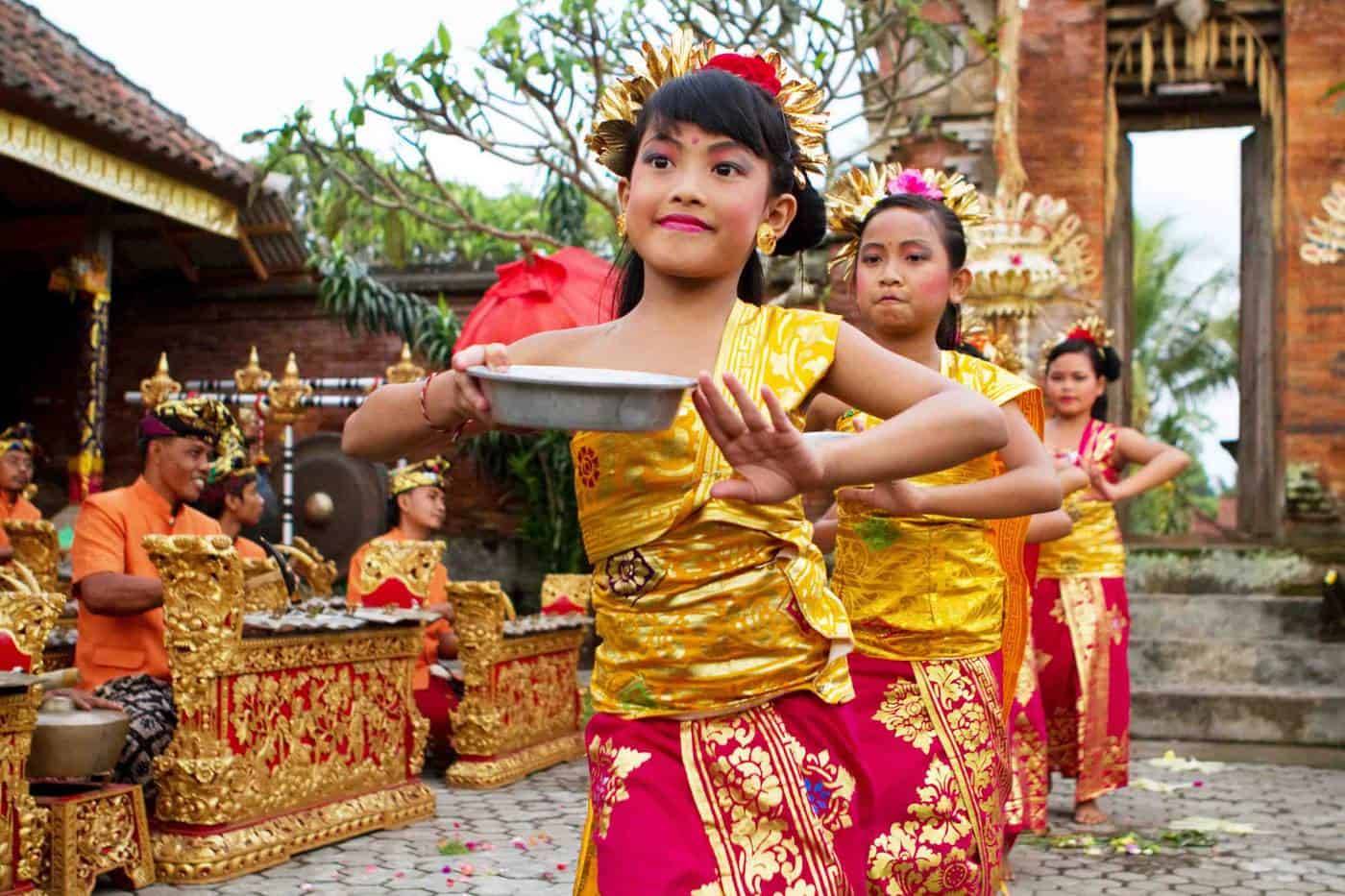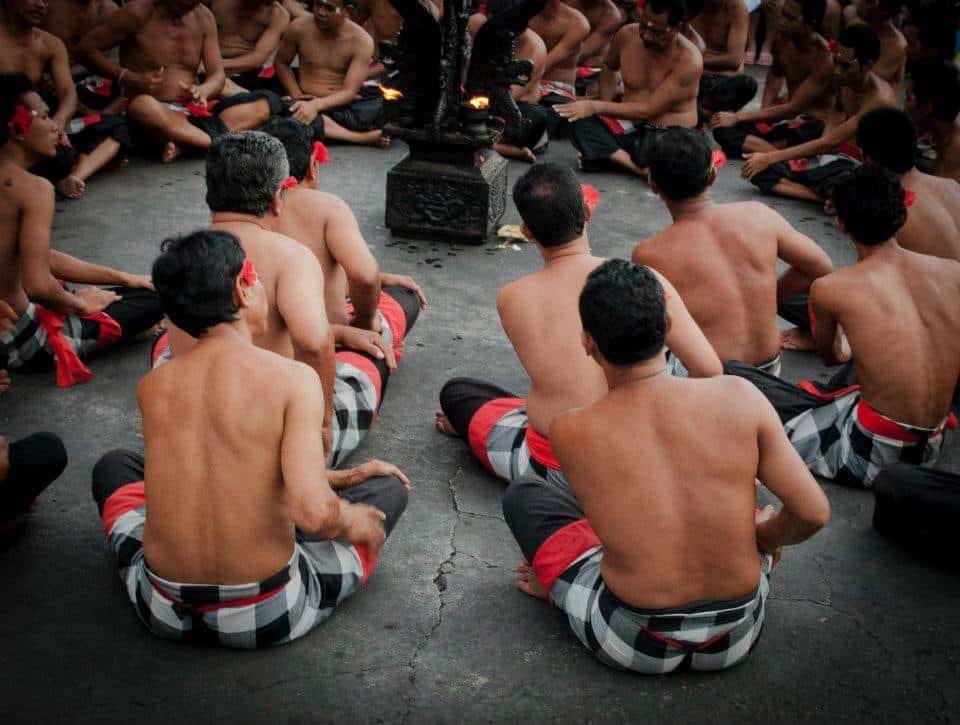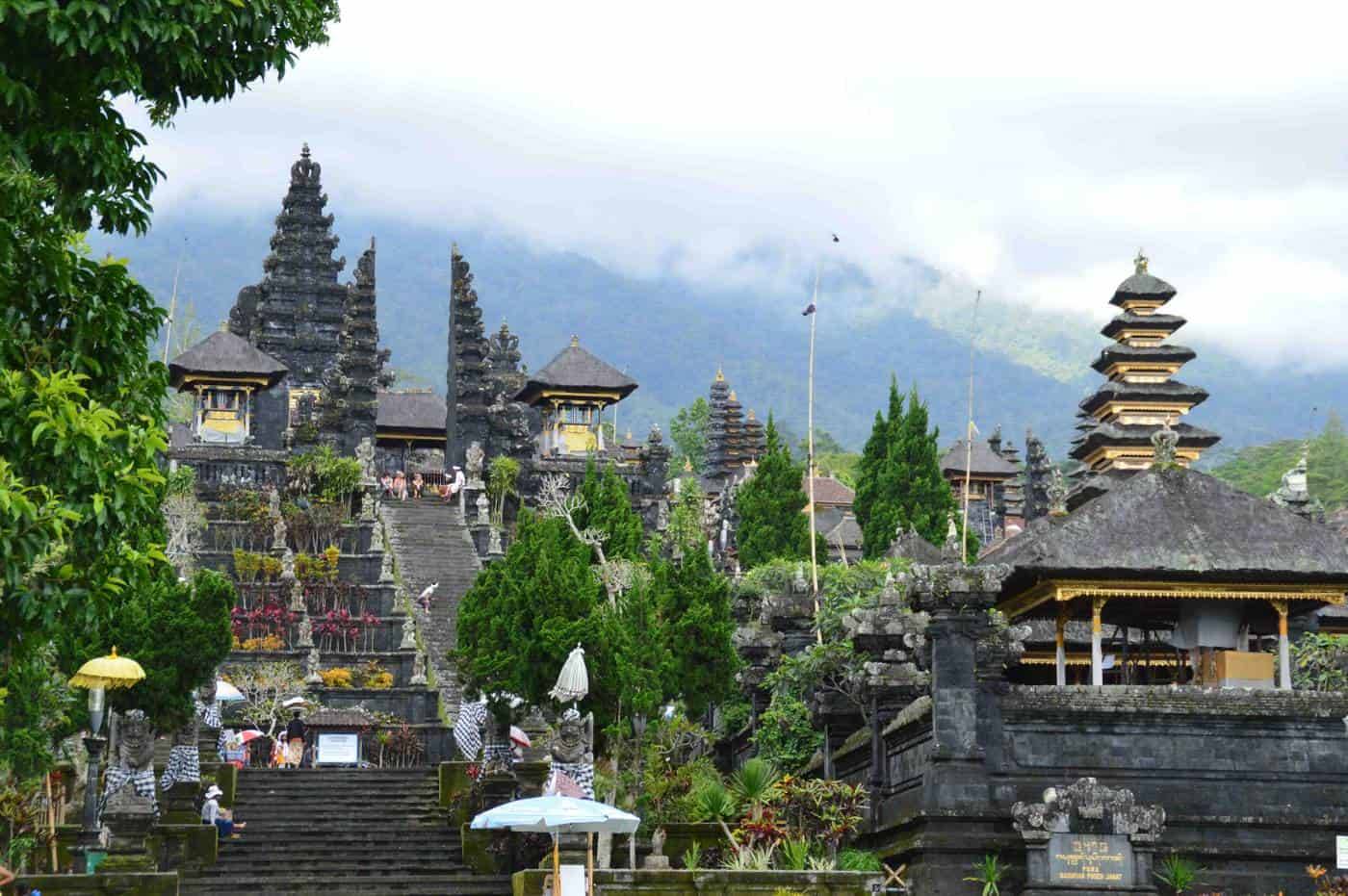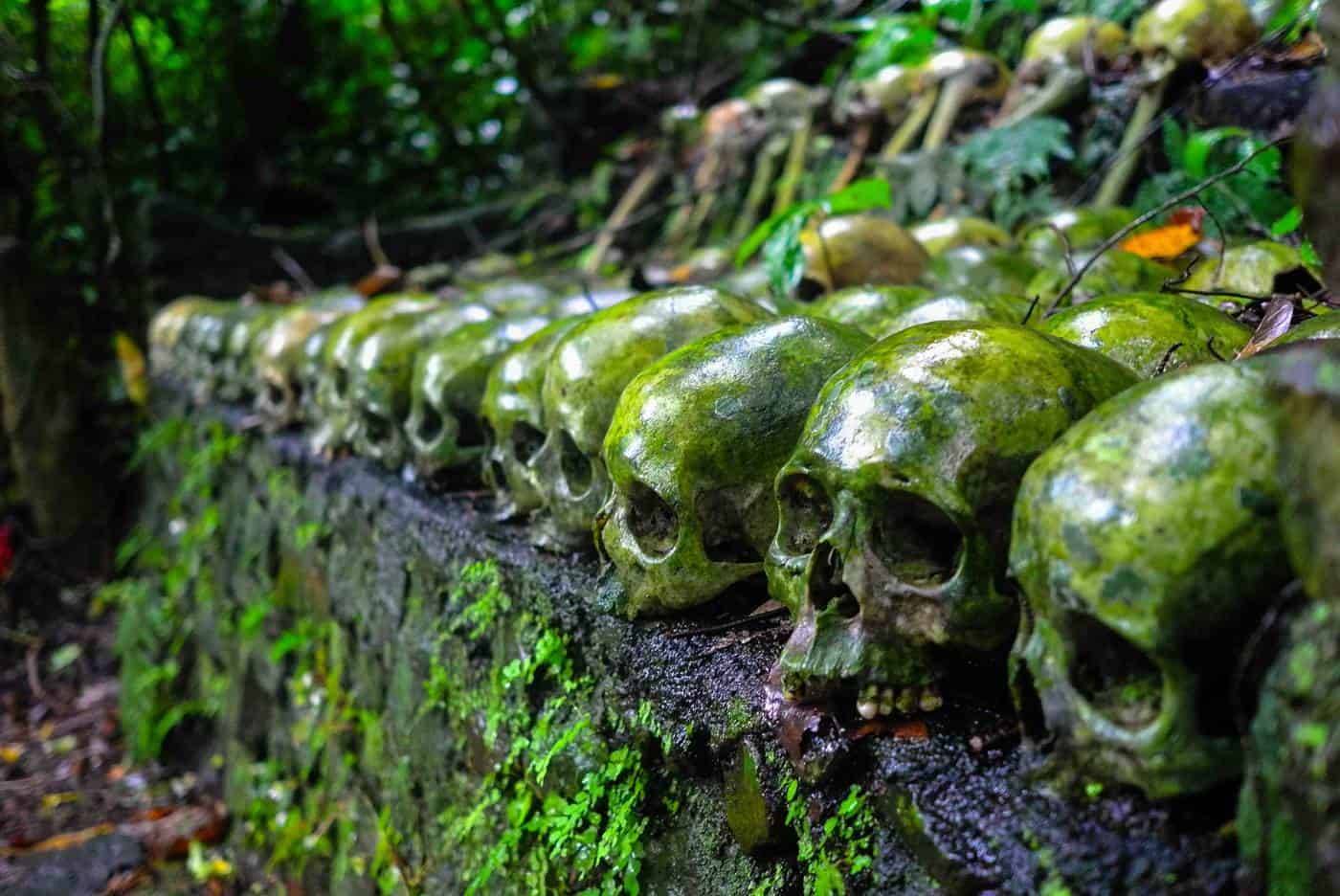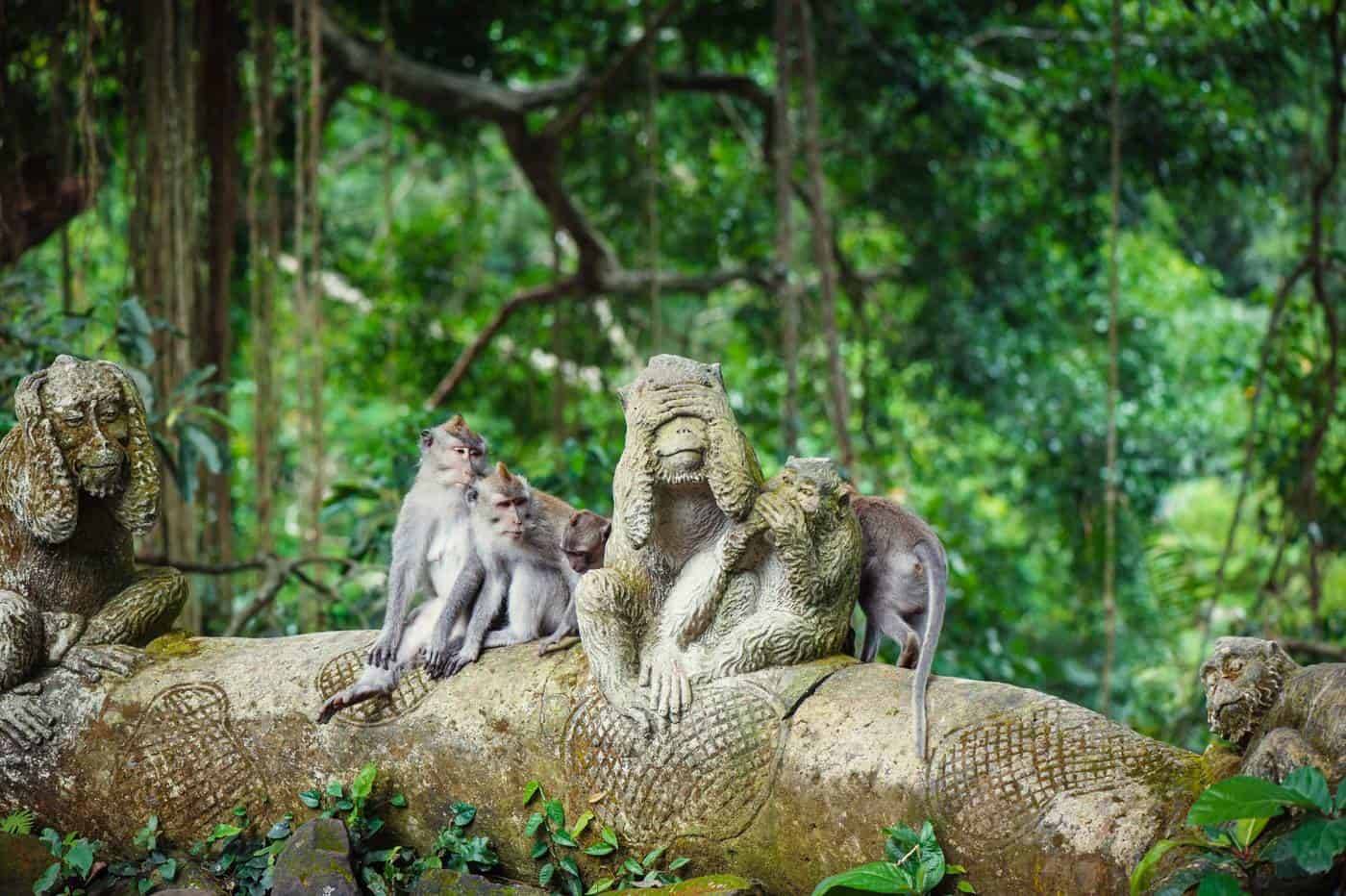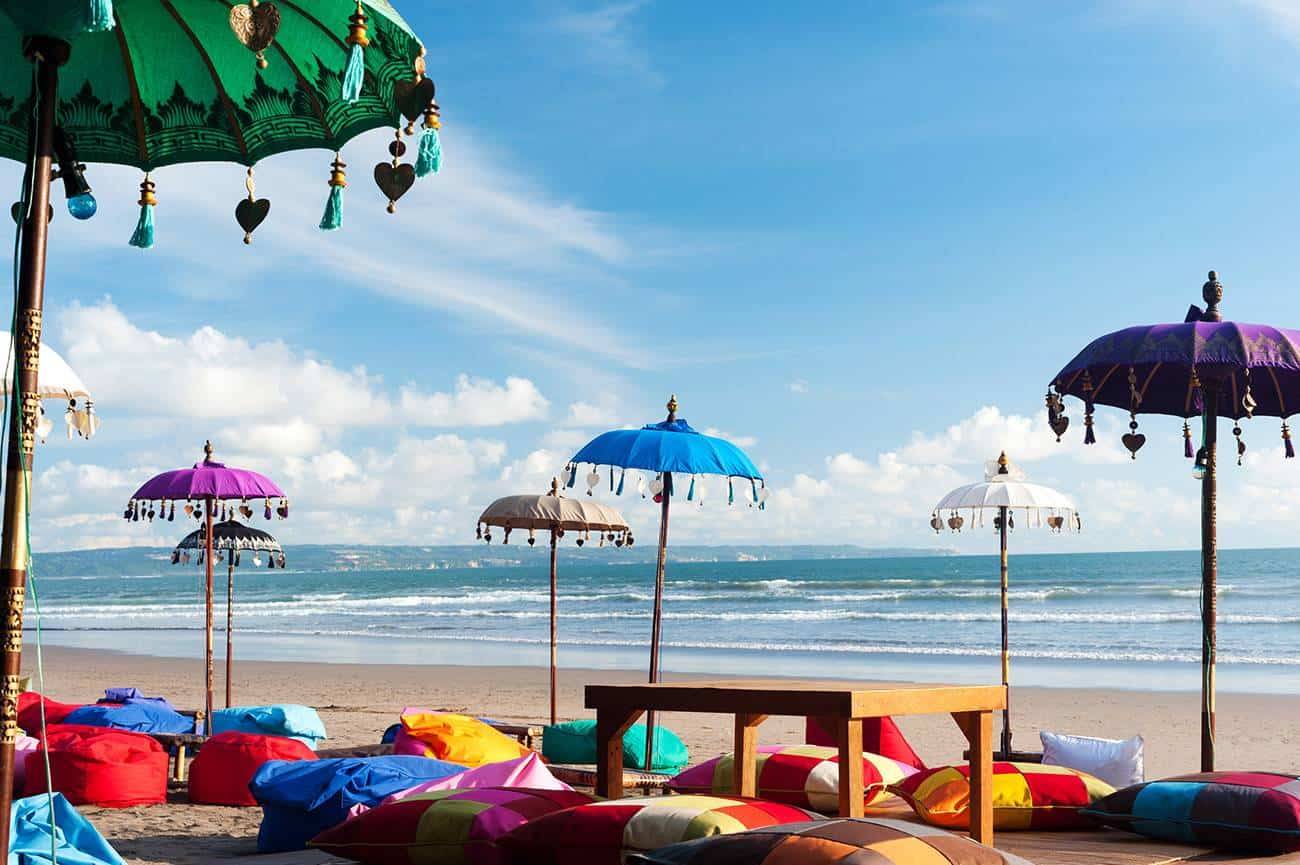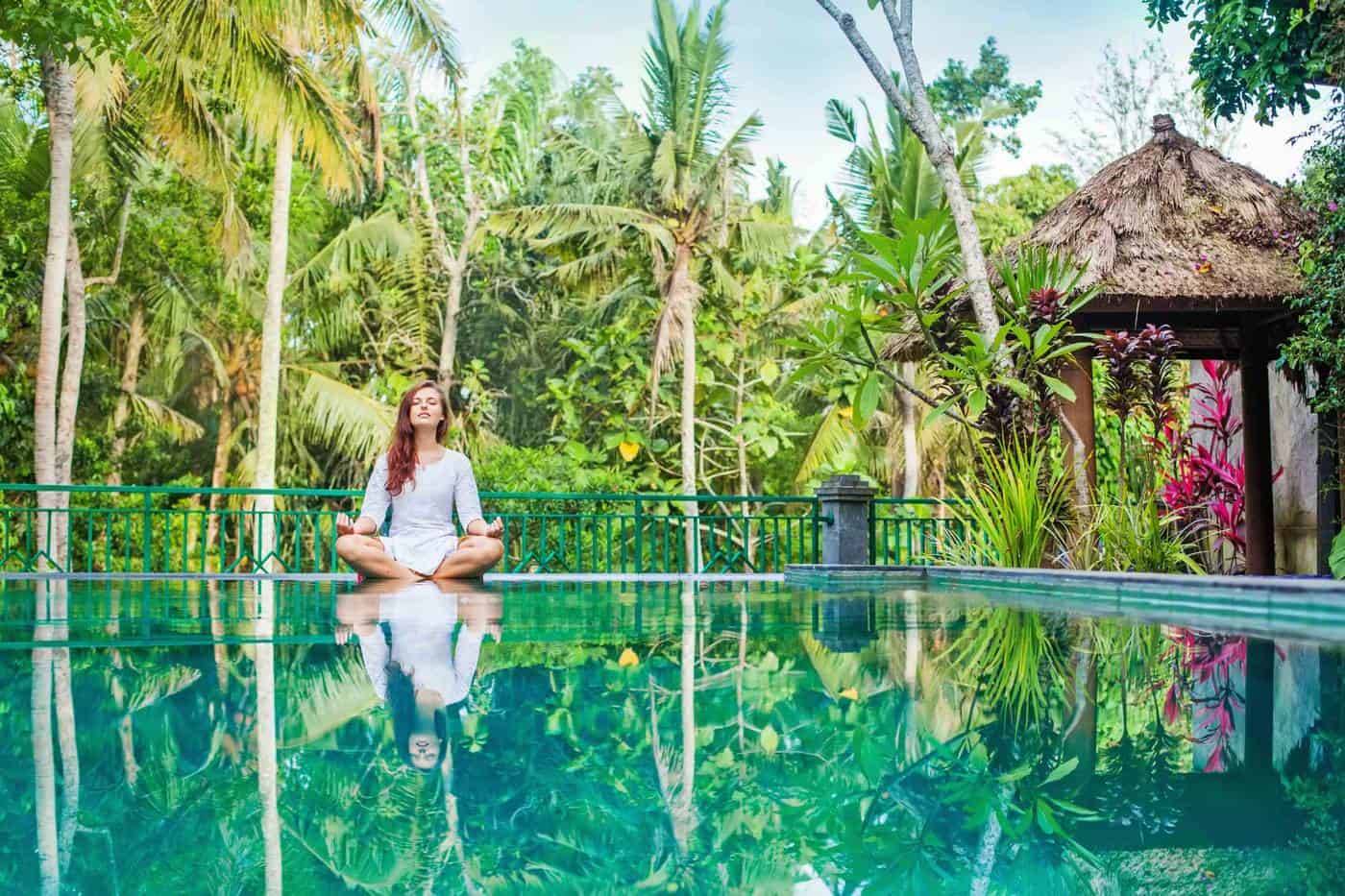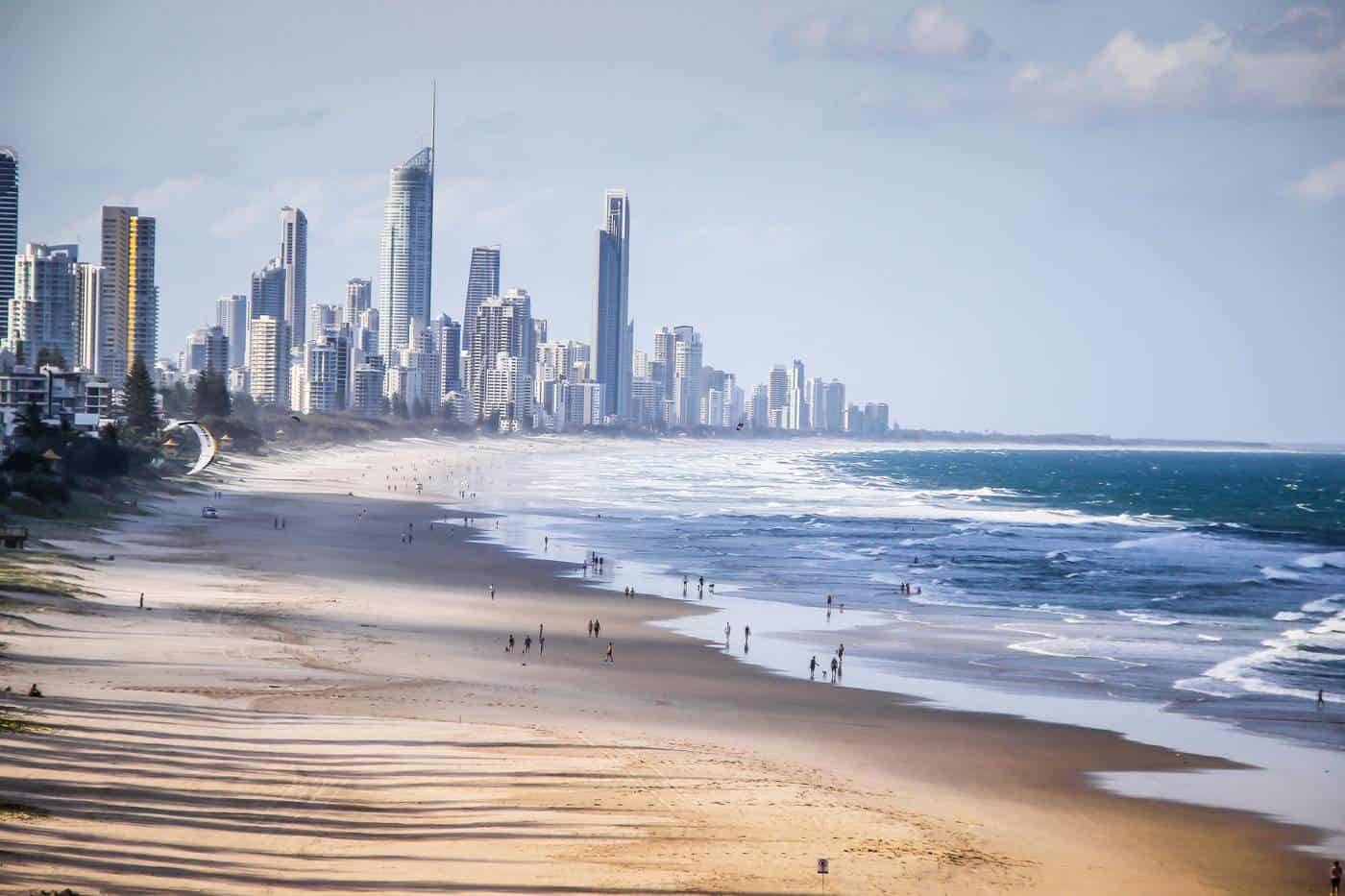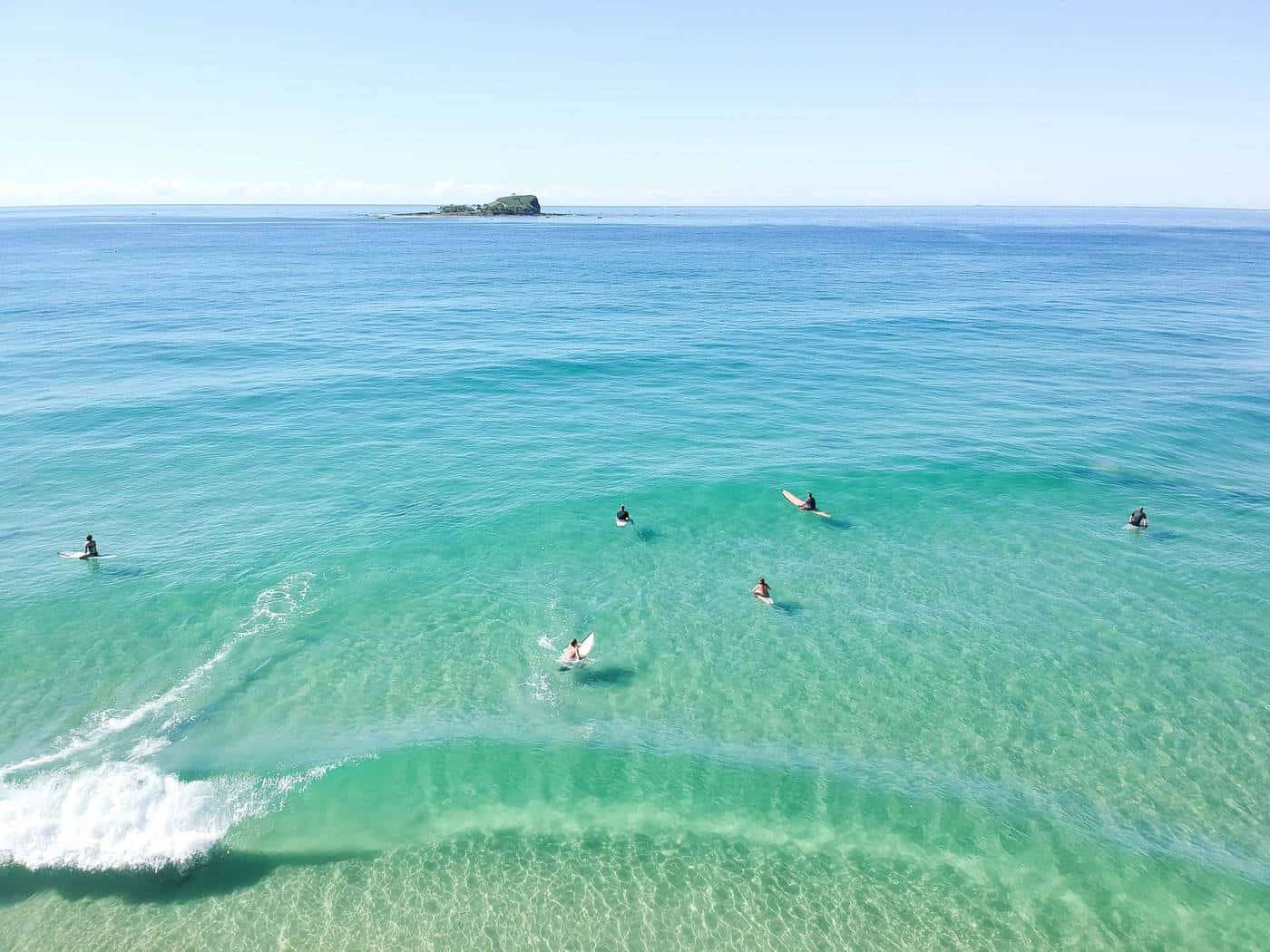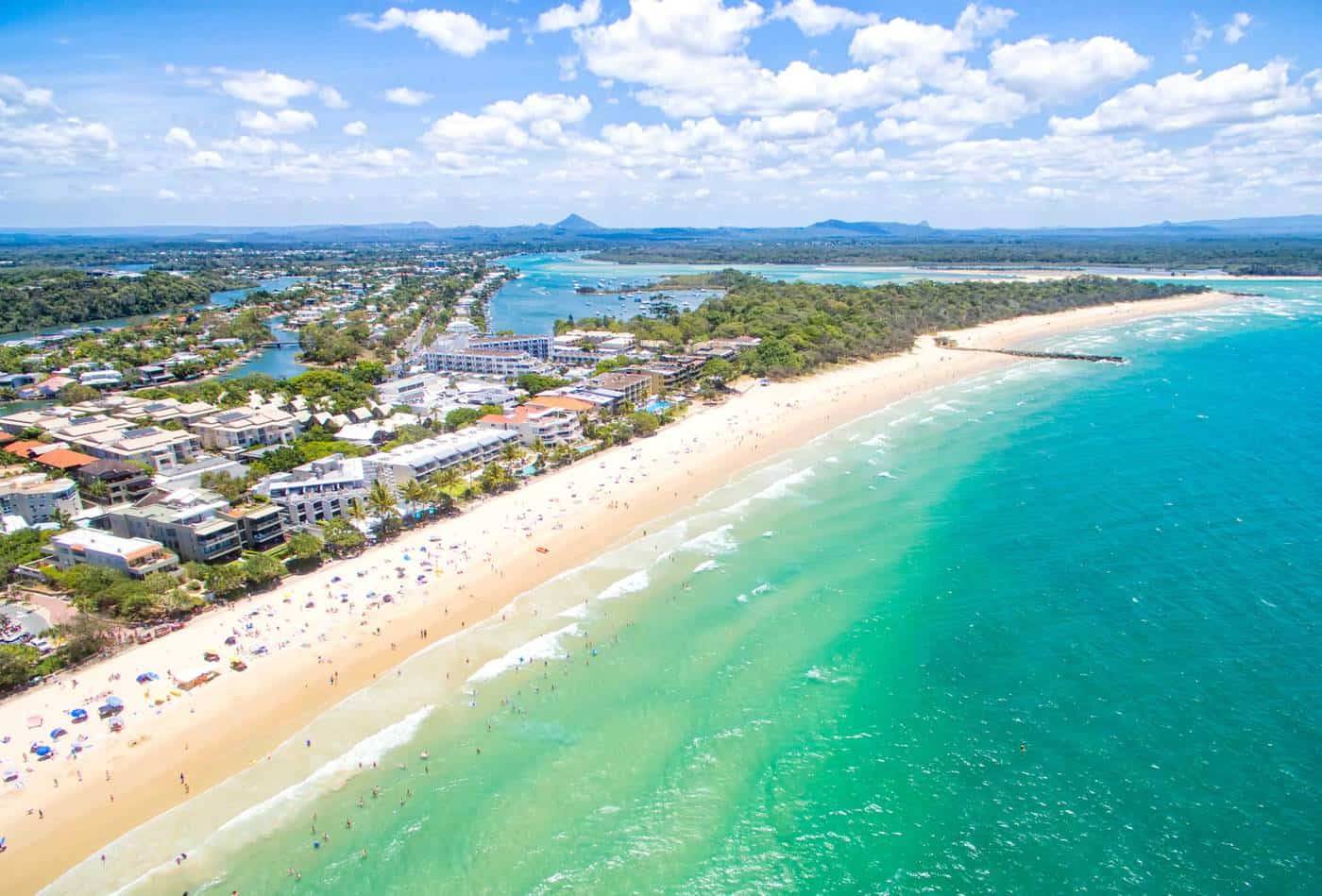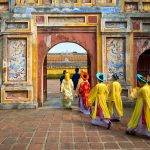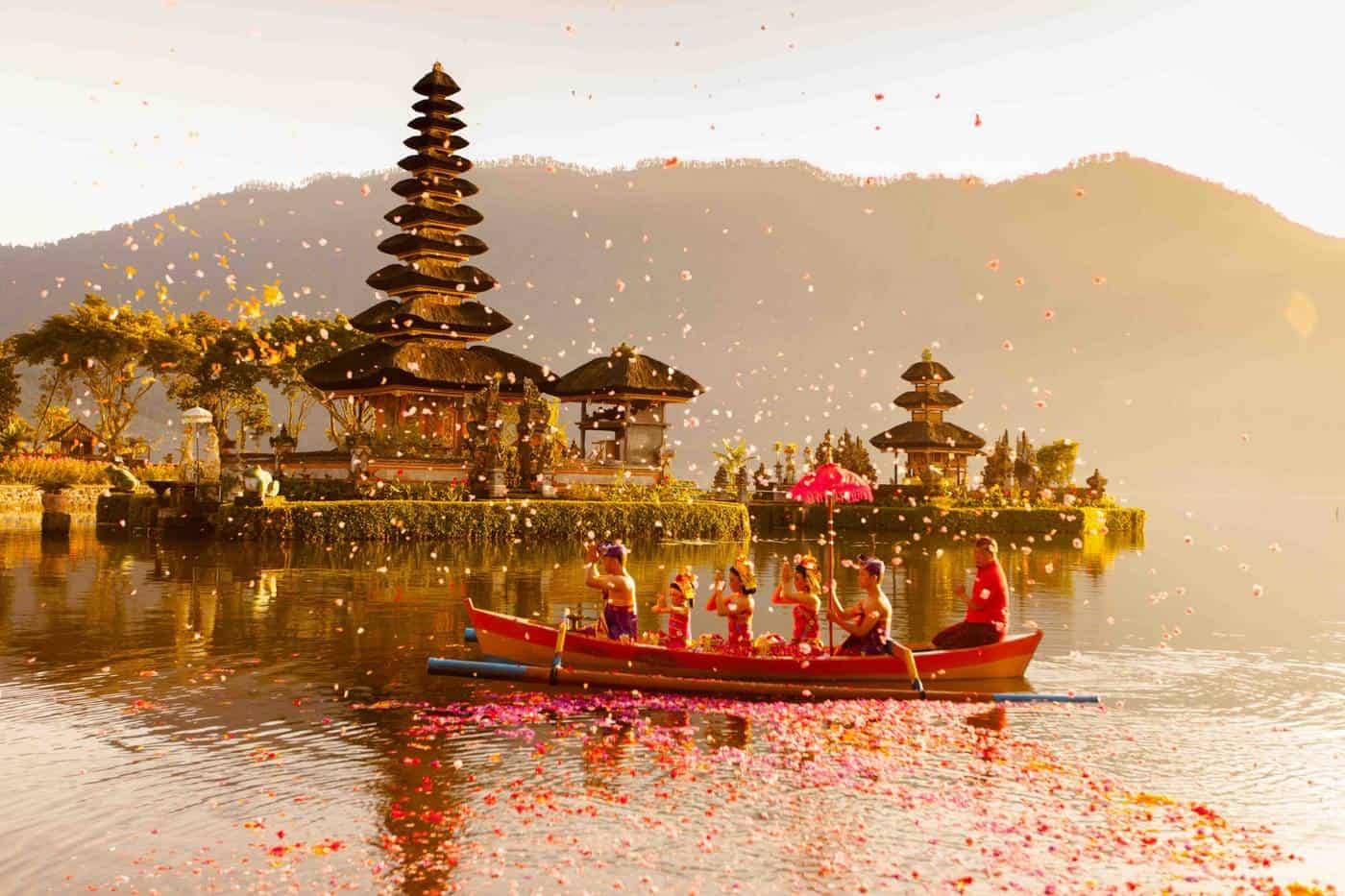
THE MOST AWE-INSPIRING BALINESE TEMPLES TO VISIT
Balinese people are considered to be one of the friendliest nations in the world. Kind, peaceful, polite and happy land of always smiling faces. Balinese society is deeply religious, community orientated and devoted. The Balinese are famous for making daily offerings and regularly holding bright cultural ceremonies, filled with joy, food and prayers.
Besides, dance, art and crafts play an extremely important role in everyday life and reflect Balinese culture, which is dedicated to their own beliefs but very respectful to others.
BALINESE FESTIVALS
Every 210 days the locals in Bali celebrate for ten days the victory of good over evil. GALUNGAN FESTIVAL marks the time when the ancestral spirits visit the Earth, and it is quite similar to the Hindu Diwali.
Penjor – bamboo poles with offerings are installed to line the roads, many pigs are slaughtered, and the whole event is accompanied by prayers, traditional music and street parade when the local ladies carry beautifully decorated baskets filled with offerings. This cultural event is regarded as one of the most graceful and delightful among all.
NYEPI is the major purification ritual and ceremony, held each March-April throughout the island of Bali. This is a big day for the Balinese defined by an extravagant parade of religious objects from temples to sacred springs of the sea for purification.
The night before the festival starts, the spirits are frightened away with drums, cymbals, firecrackers and huge paper-monsters and on the big day after, the families stay at home to wait until any remaining evil spirit is gone – this is the time when you will not meet a soul on the streets of Bali, especially the countryside.
TANAH LOT TEMPLETANAH LOT TEMPLE
Tanah Lot can be translated as “Land in the Sea”, and indeed the temple sits on a large offshore rock which has been shaped continuously over the years by the ocean tide. Tanah Lot is believed to be built by Dang Hyang Nirartha in the 16th-century, and it is considered as a holy place to worship the Balinese sea gods.
The Tanah Lot temple was significantly influenced by Hinduism, and it has been a part of Balinese mythology for centuries. At the base of the rocky island, giant venomous sea snakes are believed to protect the temple from evil spirits and intruders.
TRAVEL TIP
Tanah Lot is one of the most visited temples, and perhaps the most photographed in Bali and the complex frequently gets packed with tourists. To avoid crowds, it is recommended to visit the temple early morning or late evening. The temple was built on a rock formation in the middle of the sea, and it is only accessible at low tide.
PURA ULUWATU TEMPLE
Apart from being a world-class surfing location, Uluwatu is also famous for its immortal temple, grandiosely located at the edge of a 70 m high, steep coastal cliff. Balinese folklore has it that this rock is a part of Dewi Danu`s petrified barque.
Although the temple is quite small, its location makes it one of the most popular amongst tourists. Jaw-dropping views, a strong sense of spirituality and sensational sunsets are topped up with impressive “Kecak” dance performances and Balinese music shows.
TRAVEL TIP
The Uluwatu temple is known for its cheeky residents – Balinese long-tail monkeys, which love being fed and stealing visitors` belongings. Don`t let yourself be fooled by their friendly smile at first! They typically target jewellery, handbags, phones and sunglasses.
PURA BESAKIH TEMPLE
Dating back to the prehistoric times, the origin of Pura Besakih is woven into legends and myths. The temple monumentally stands above the misty hills of Mount Agung (3,031 m), the highest point of Bali, and the temple truly is exceptional.
Pura Besakih is the largest and holiest Hindu religious complex in Bali. The temple is built on six levels, terraced up the slope and made up of 23 temples, sitting on parallel ridges. There are regular festivals, and religious ceremonies in the complex and some of them are partially open to the public.
DID YOU KNOW?
A series of eruptions of Mount Agung in 1963 caused lava flows that killed approximately almost 2000 people, yet missed the temple complex by mere meters. Balinese people believe that the miracle happened for the gods who wished to demonstrate their power but not destroy the most significant religious monument of Bali.
PURA ULUN DANU BATUR TEMPLE
Regarded as the most picturesque, Pura Ulun Danu Beratan, is a major Shivaite and water temple of Bali. The temple complex, located on the shores of Lake Bratan and surrounded by beautiful mountains, is also the second most important temple on the island.
Built in 1633, this temple is used for offerings ceremony to the Balinese water and Dewi Danu – the goddess of lakes and rivers. There are five temples within the complex, and a Buddha statue also present inside this temple.
DID YOU KNOW?
According to the concept Balinese Rwa Bhineda (the balance of two opposites), Pura Ulun Danu Batur is regarded as ‘feminine’ while Pura Besakih is ‘masculine’. Thus the two temples complete the universal Balance. Whereas at Pura Besakih, God is worshipped to strengthen the soul of the people to achieve spiritual happiness, the prayers at Pura Batur, are conducted to strengthen economic prosperity.
TRUNYAN CEMETERY
One of the most intriguing sacred sites in Bali is the Aga village in Trunyan on the eastern shore of the Batur Lake in Kintamani. You can get there with a local guide, using a basic rowing boat from Kedisan or Toyo Bungkah.
This is a very isolated part of Bali, ruled by tradition and strict religion. Ancient customs in Bali Aga include the open burial of dead bodies in a pit covered by just some light cloth.
Skulls and bones are traditionally placed under the Teru Menyan Tree, and it is so for a good reason – the intense scent of the leaves helps neutralize the odour of the decomposing corpses.
